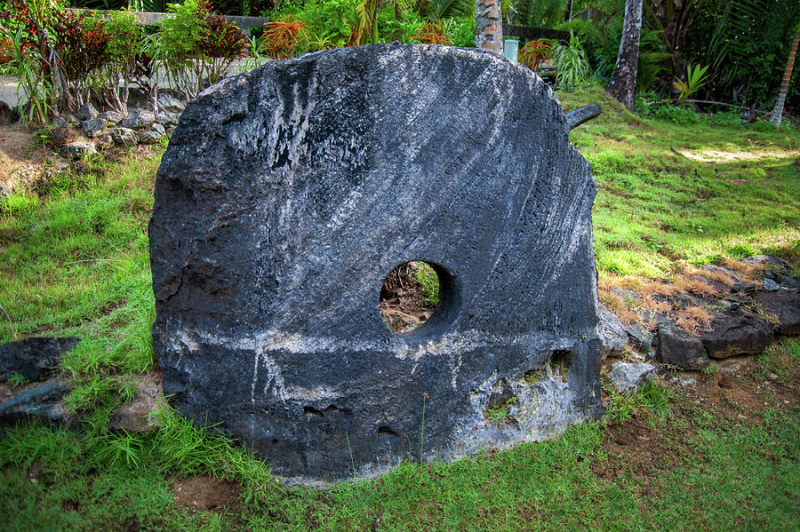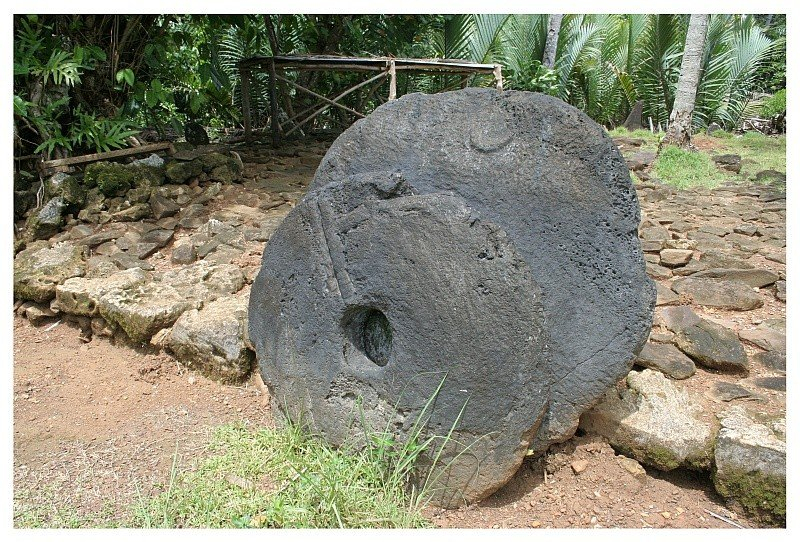Stone Money
The Stone Money is one of many large artifacts crafted and treasured by the indigenous inhabitants of the Yap Islands in Micronesia and is also the second most beautiful historical site in the Federated States of Micronesia. They are also known as Yapese stone coins or similar names.
The typical protostome is carved from crystalline limestone and is shaped like a disc with a hole in the center. The smallest can be 3.5 cm (1.4 in) in diameter. The largest extant rock is located on Rumung Island, near the village of Riy, it is 3.6 meters (12 ft) in diameter and 50 cm (20 in) thick, and weighs 4,000 kg (8,800 lb).
Moneystone is quarried on several Micronesian islands, mainly Palau, but also briefly on Guam. The practice stopped in the early 20th century. Today there are about 6,000 large money stones prominent on the island, and some can be seen in museums around the world.
These stones were prized by the Yapese people and used as important ceremonial gifts. Ownership of a large rock, too difficult to move, is established by its history as recorded in oral tradition, not by its location. The transfer into the oral history of the stone thus influenced the change of ownership.
Location: the Federated States of Micronesia.








